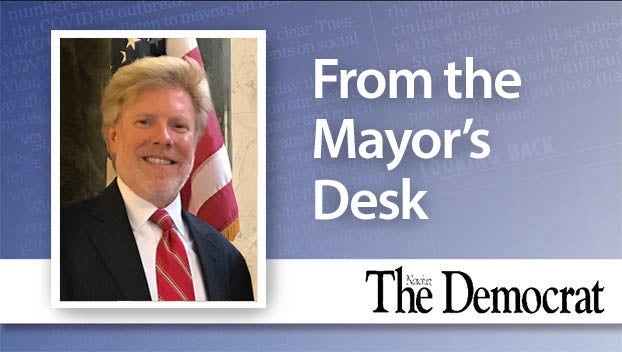Dogma hurt Southern education
Published 12:25 am Wednesday, July 25, 2018
Pap Finn’s face was “white,” though “not like another man’s white.” It was “a white to make a body sick, a white to make a body’s flesh crawl — a tree-toad white, a fish-belly white.”
That’s how Mark Twain introduces us to Huck’s drunken and abusive father in his novel, “The Adventures of Huckleberry Finn.”
Soon enough too, we learn that Pap “knowed nothing.” He wasn’t unintelligent, though. He was doggedly, fearfully self-satisfied. He recoiled before any notion that might unsettle his mental status quo, and shielded himself with bluster. The height of his arrogance, therefore, was determined by the breadth of his ignorance. Which brings us back to his face. His striking combination of arrogance and ignorance is explained by that self-sickening whiteness. Pap’s is the face the South’s sacred dogma of White Supremacy.
After all, a White Man’s superiority was vouchsafed by a cradle-to-grave system of unearned, hereditary privilege, what was, in fact, America’s first and longest maintained “entitlement program.” His supreme status required no moral uplift, no spiritual enlightenment, no hard work, and most certainly, no education.
And while Pap Finn may be fictional, the very real Senator Jefferson Davis made precisely this point in opposing a system of public schools in the District of Columbia in 1860. Education for blacks was unimaginable, he asserted, but even for most whites it was misdirected charity.
Content in the pre-existing “exact political equality of all white men,” those white men could be content in their illiteracy. A well-tutored elite (to include Jeff himself) was enough. It seems that, in the slavocrats’ Orwellian universe, all white men were to be equal, but some white men were to be more equal than others.
Despite this bias against education, some public schools (whites only) were founded in the Antebellum South. Only North Carolina created a statewide system, but many towns, enclaves of the small commercial middle class’ influence, acted on their own. The Natchez Institute, for example — a fine school by all accounts — opened in 1845.
These exceptions did not alter the rule, however. In both absolute terms and in proportion to population, there were fewer schools in the overwhelmingly rural South than in the North. But even where schools had been founded, there was the matter of affordability. In a South plagued by ever-greater economic inequality — due to the dynamics of a slave society — parents often couldn’t pay for their children’s education.
Nationwide in this era, most schools charged tuition for costs not covered by local property tax revenues. Communities that placed a higher priority on public education, though, levied higher taxes, kept tuition low, and thereby ensured wider access.
In the South, the opposite tended to be true. Historian Johann Neem tells us that in 1850, white northerners taxed themselves three times more heavily than white southerners on a per capita basis.
And so, in the North tax revenues covered 90 percent of the public school bill, making for nearly universal access. In the South, it was 46 percent, and so access for white children was far more limited. Thanks to the benighted governance of the elitist One Percent, the slave states had 40 percent of the nation’s white population in 1840, but almost two-thirds of its white adult illiterates.
Southerners were just as intelligent as northerners, but all too many consented to their own mis-education. The doctrine of White Supremacy had intellectually crippled the very people it claimed to anoint into its racial “aristocracy.” It was truly “a white to make a body sick.”
Next time, how the self-sickening pandemic began.
JIM WIGGINS is a retired Copiah-Lincoln Community College history instructor.





